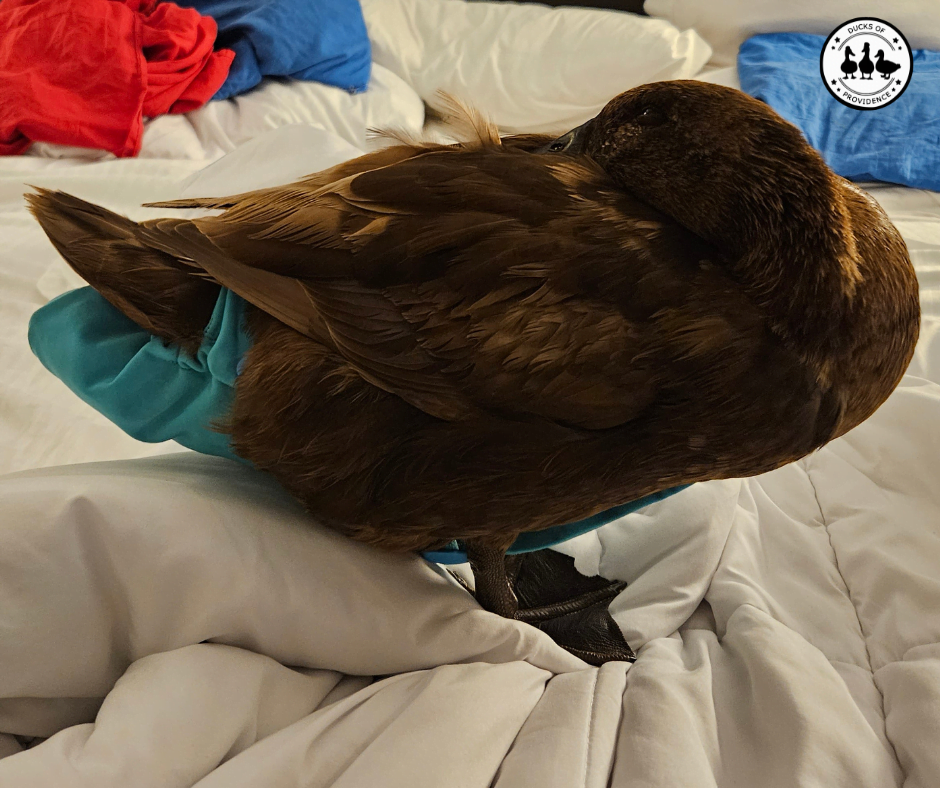
Duck Diapers Demystified: Answering Your Top 9 Questions
Last updated on July 16th, 2024 at 03:53 pm
As a duck owner, you may have heard about duck diapers and wondered if they are the right solution for your feathered friend. In this article, we will answer some of the most frequently asked questions about duck diapers, including why you should use them, whether it is okay to use them, and if they can potentially harm your duck.
1. What are Duck Diapers?
Duck diapers, often referred to as “duck nappies” or “duck diapers with harnesses,” are innovative garments designed specifically for domestic ducks. These clever accessories serve a dual purpose: to contain any droppings or messes and to provide a comfortable and hygienic solution for ducks who spend significant time indoors.
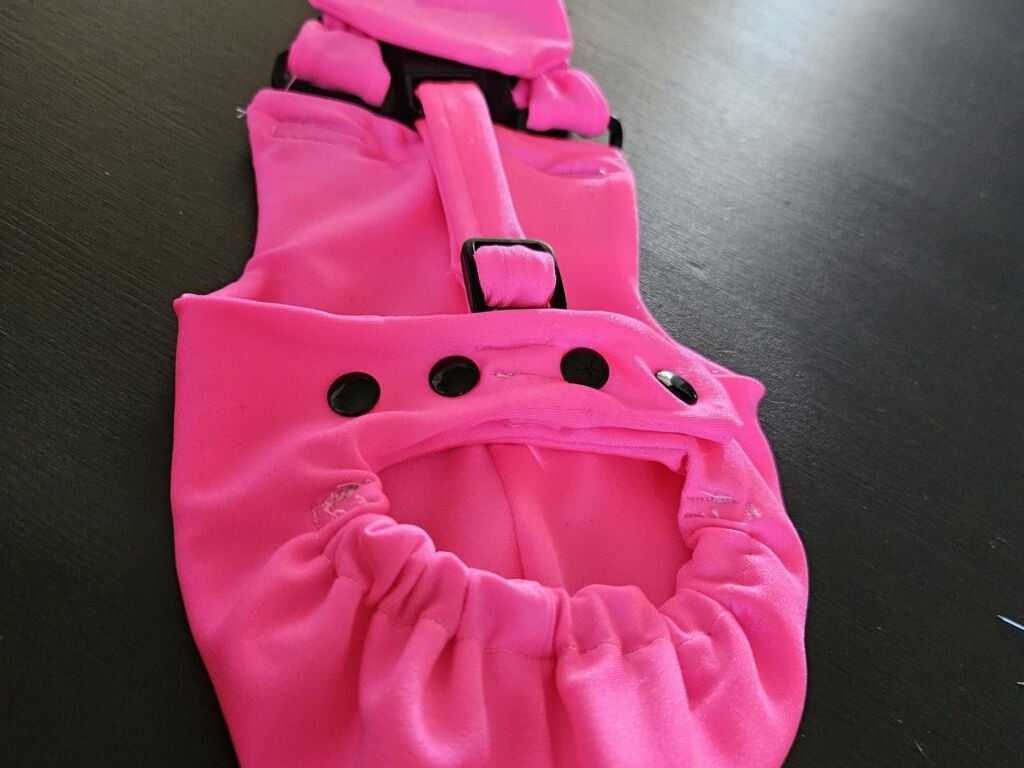
Duck diapers typically consist of waterproof fabric and are a harness that holds an absorbent inner layer that is added using actual baby diapers or maxi pads.
One of the distinguishing features of duck diapers is their adjustable harness or straps, which secure the diaper in place around the duck’s body. This ensures a snug yet comfortable fit, allowing your feathered friend to move freely without feeling restricted.
Duck diapers come in a variety of sizes to accommodate different breeds and sizes of ducks. Whether you have a petite Call duck or a larger Pekin, there’s likely a diaper size that will fit your feathered companion perfectly. Some diapers even come with adjustable straps or snaps to further customize the fit for your duck’s unique body shape.
In addition to their practical function, duck diapers can also be a fun and stylish accessory for your feathered friend. Many manufacturers offer a range of colors and patterns, allowing you to dress your duck in style while keeping your home clean and tidy.
Overall, duck diapers provide a convenient solution for duck owners who want to enjoy the company of their feathered friends indoors without the worry of messes or accidents. With the right fit and proper care, duck diapers can enhance the bond between you and your duck, allowing you to create cherished memories together, both indoors and out.
2. Why Should You Use Duck Diapers?
Using duck diapers can offer several benefits for both ducks and their owners, including those caring for disabled ducks.
Duck diapers are useful for keeping indoor areas clean and odor-free while allowing ducks to roam freely. They’re especially handy for ducks that spend a lot of time indoors or are part of therapy or educational programs.
Here are a few reasons why you might consider using duck diapers:
- Indoor Cleanliness: Duck diapers help maintain cleanliness indoors by containing messes and preventing droppings from soiling floors, furniture, and other surfaces.
- Inclusion in Indoor Activities: With duck diapers, ducks can participate in indoor activities and spend time with their human companions without the worry of accidents or messes.
- Convenience: Duck diapers simplify indoor care routines for duck owners, reducing the need for constant cleanup and allowing more time to enjoy quality interactions with their ducks.
- Hygiene: Properly maintained duck diapers contribute to the overall hygiene and health of the duck by minimizing the risk of skin irritation or infections associated with contact with waste.
- Bonding: Using duck diapers fosters closer bonds between ducks and their owners by allowing ducks to be included in indoor family activities and interactions.
- Adaptability: Duck diapers can be especially useful for ducks that require indoor confinement due to health issues or during certain times, such as during molting or rehabilitation.
- Mobility Support: Duck diapers provide essential mobility support for disabled ducks, enabling them to move freely indoors while maintaining hygiene and dignity.
Overall, duck diapers provide a practical solution for indoor duck care, enhancing the well-being of both ducks and their owners while promoting a harmonious living environment.

3. Does It Harm the Duck?
When used appropriately, duck diapers do not pose harm to ducks. Crafted for comfort and unrestricted movement, these diapers effectively contain messes while allowing ducks to move naturally.
However, monitoring your duck’s behavior and well-being is crucial when using a diaper. If you observe signs of discomfort, like excessive squirming or attempts to remove the diaper, adjusting the fit or seeking an alternative solution may be necessary.
Regular diaper changes are paramount to uphold hygiene and prevent potential discomfort or irritation. Ducks should never remain in soiled diapers for extended periods, as this could result in skin issues or infections.
Additionally, it’s essential to limit diaper use to no more than four hours at a time, with thorough cleaning and diaper changes in between.
Ducks require outdoor experiences for their well-being, including fresh air, sunlight, and opportunities for natural behaviors such as foraging and swimming. Consequently, ducks should have regular access to outdoor environments.
While most ducks can adapt well to wearing diapers, some may not tolerate them as comfortably. Always prioritize your duck’s welfare and consult with a veterinarian if you have any concerns.
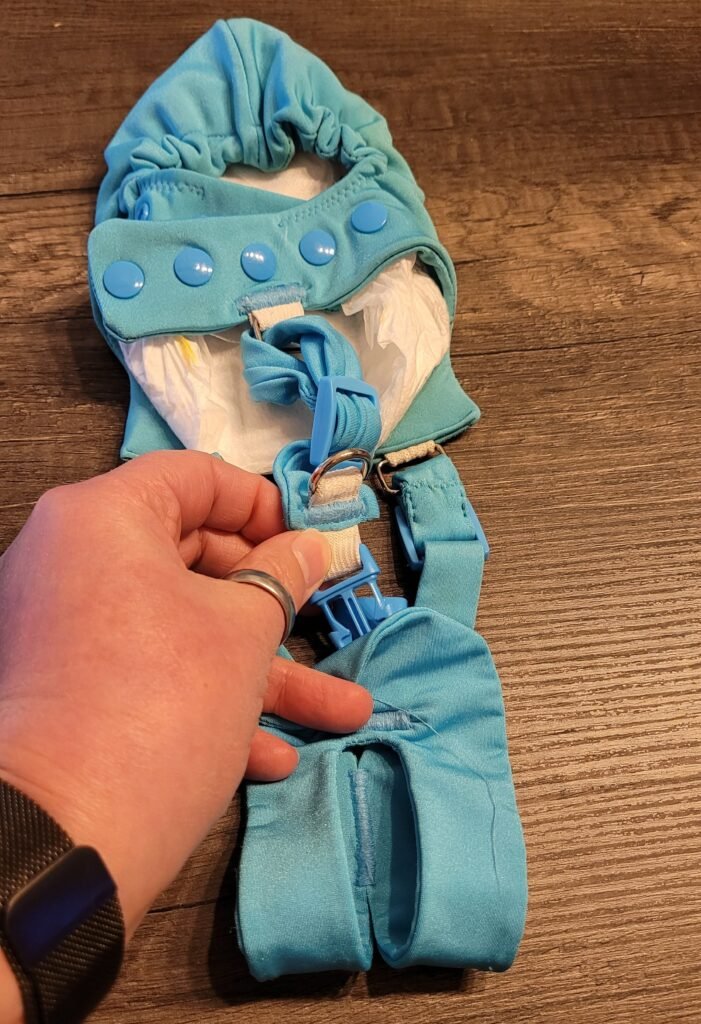
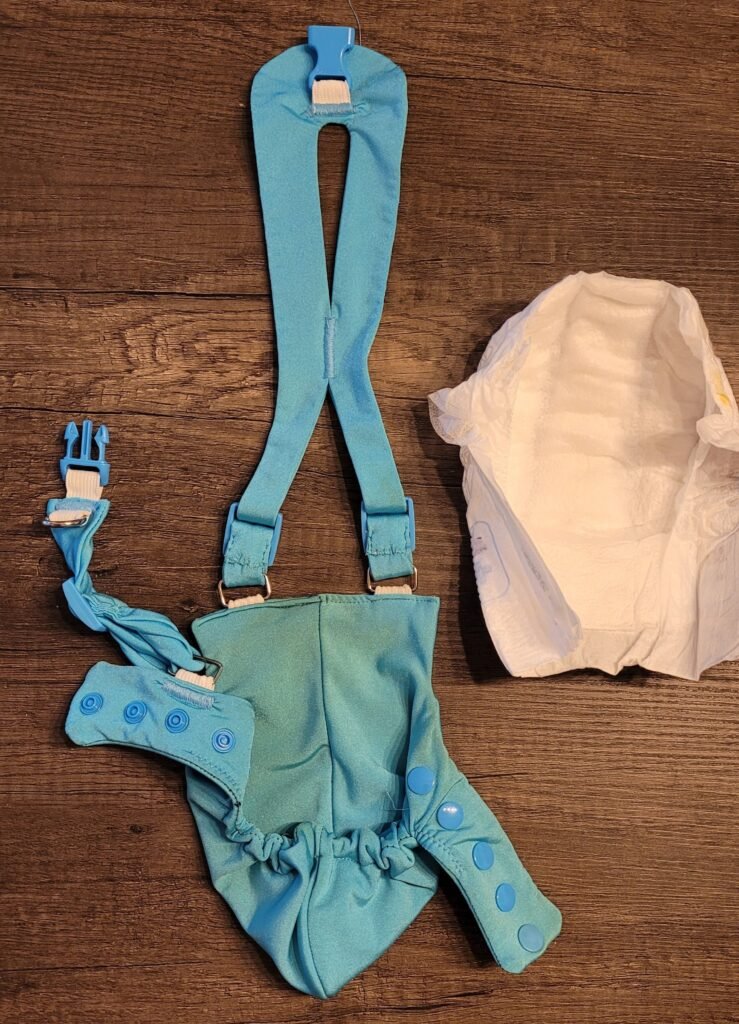
4. How do I choose the right size?
Selecting the correct size of duck diapers is essential for ensuring both comfort and effectiveness. Here’s a step-by-step guide to help you find the perfect fit for your feathered friend:
Measurements: Begin by measuring your duck’s waist and length. To measure the waist, wrap a soft measuring tape snugly around the widest part of your duck’s abdomen, typically just in front of the legs. For the length, measure from the neck’s base to the tail’s base. Write down these measurements as they will guide you in selecting the appropriate diaper size.
Consult Size Charts: Most manufacturers provide size charts or guidelines to help you choose the right size based on your duck’s measurements. These charts typically correlate waist and length measurements with recommended diaper sizes. Be sure to refer to the specific manufacturer’s sizing recommendations, as sizes may vary between brands.
Consider Body Shape: Ducks come in various shapes and sizes, so it’s essential to consider your duck’s body shape when selecting a diaper size. Some ducks may have a broader chest or a fuller abdomen, which can affect how the diaper fits. Look for diapers with adjustable straps or snaps that can accommodate different body shapes for a more customized fit.
Trial and Adjustment: Once you’ve selected a size based on measurements and sizing charts, it’s time for a trial fitting. Gently place the diaper on your duck, making sure it fits snugly but comfortably around the waist. Check that the diaper adequately covers the vent area without being too tight or restrictive. Watch your duck as it moves around to ensure the diaper doesn’t slip or shift excessively. If adjustments are needed, such as tightening or loosening the straps, make them accordingly until you achieve the ideal fit.
Comfort and Mobility: Pay close attention to your duck’s comfort and mobility while wearing the diaper. Your duck should be able to move, walk, and flap its wings freely without any discomfort or restriction. If you notice any signs of distress or agitation, reassess the fit and make adjustments as needed.
Monitor and Adjust: As your duck grows or changes shape, you may need to reassess the diaper size and make adjustments accordingly. Regularly check the fit of the diaper to ensure it remains snug and comfortable for your feathered friend.
By following these steps and considering your duck’s unique measurements and body shape, you can select a duck diaper size that perfectly balances comfort, functionality, and style for your beloved companion.
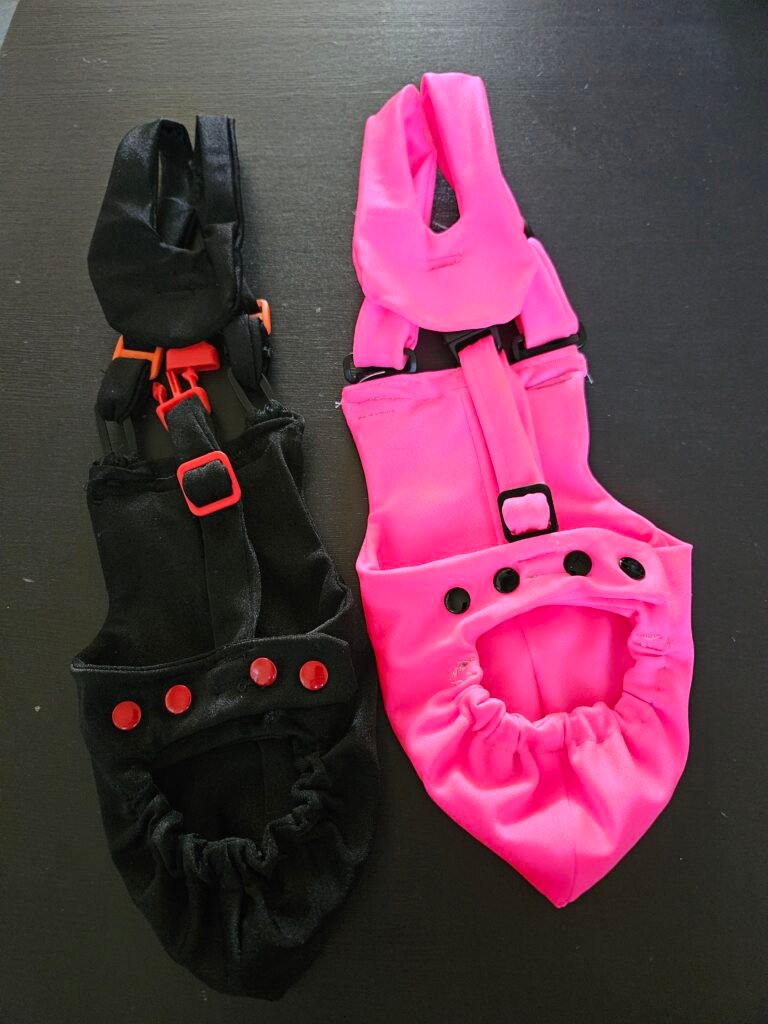
5. How do I put a diaper on my duck?
Putting a diaper on your duck may seem like a daunting task at first, but with a little practice and patience, it can become a routine part of caring for your feathered friend. Here’s a step-by-step guide to help you navigate the process:
Prepare the Diaper: Before you begin, ensure that the diaper is clean and dry. Check the diaper for any signs of wear or damage, such as loose stitching or worn-out straps, and repair or replace as needed to ensure your duck’s comfort and safety. Place the baby diaper or maxi pad inside and align it with the harness.
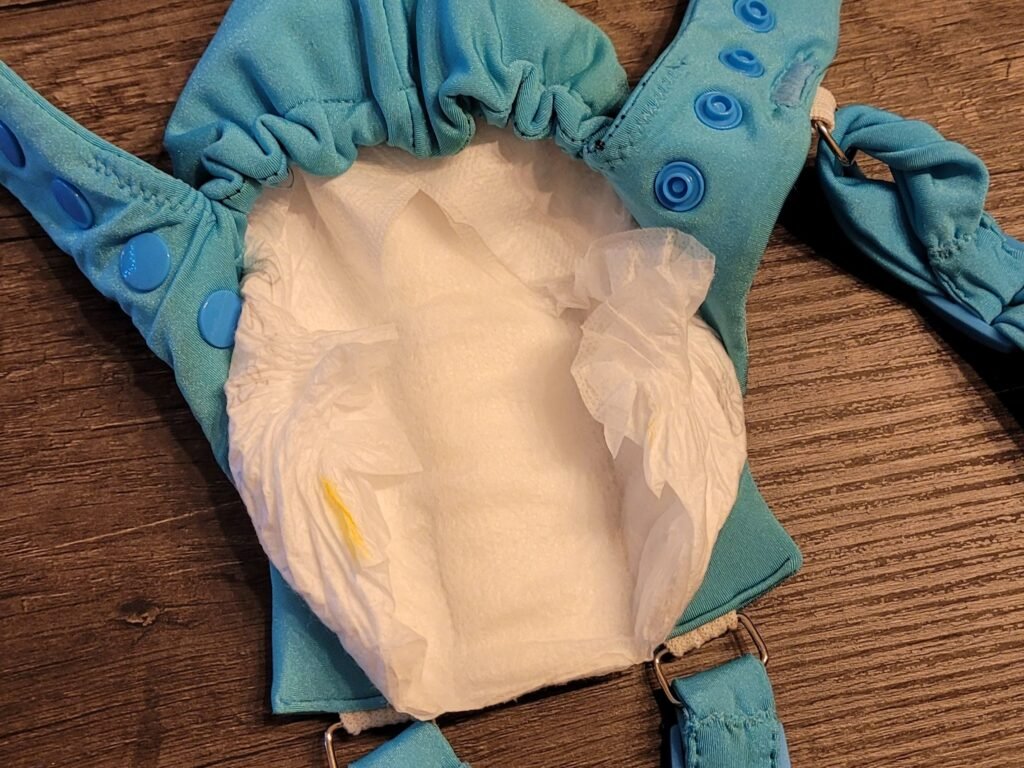
Position Your Duck: Choose a calm and quiet environment for diapering your duck to minimize stress and distractions. Gently place your duck on a stable surface, and offer reassurance and treats to help keep your duck calm and cooperative.
Place the Diaper: Carefully place the neck loop around your ducks head. Check the diaper to ensure that the absorbent inner layer is properly positioned and that any elastic or leg openings are facing outward.
Secure Around the Waist: Lift your duck’s tail feathers and gently guide the diaper under your duck’s abdomen, positioning it so that the absorbent inner layer covers the vent area. Depending on the diaper design, you may need to fasten straps, snaps, or Velcro closures to ensure a secure fit.
Adjust for Comfort: Once the diaper is securely in place, check for any signs of discomfort or restriction. Ensure that the diaper is snug but not too tight, allowing your duck to move, walk, and flap its wings freely without impediment. Pay attention to your duck’s body language and adjust the diaper as needed for optimal comfort.
Reward and Encourage: Throughout the diapering process, offer plenty of verbal praise, gentle strokes, and small treats to reward your duck for cooperation and calm behavior. Positive reinforcement can help create a positive association with diapering and make the experience more enjoyable for both you and your duck.
Practice and Patience: Diapering your duck may take some practice to master, so don’t be discouraged if it doesn’t go smoothly the first time. With patience, consistency, and gentle guidance, you and your duck can develop a routine that makes diapering a stress-free and comfortable experience for everyone involved.
Pro Tip: Ideally, you start at a young age to get your duck(s) used to wearing diapers. It will be more difficult for adult ducks. You can imagine that this feels weird to them, and they may not like it. Wearing a diaper will make them feel restricted at first. Your duck may be stressed and will try to get rid of the diaper by any means. They will pull on the diaper and run around like crazy. But rest assured that it will only be a matter of time, patience, and training. Start with short sessions, maybe 5 minutes. See how the duck behaves. Next time, you may be able to expand to 7 minutes, then 10…until your ducks get used to it, and don’t try to get rid of them immediately. You should also give them treats as a reward. They will quickly associate the diaper with something positive.
By following these steps and approaching diapering with patience, kindness, and positive reinforcement, you can successfully put a diaper on your duck and ensure its cleanliness and comfort.
Here is also a video that guides you through the process of duck diapering:
7. How do I clean duck diapers?
Duck diapers should be cleaned regularly to prevent odors and maintain hygiene. Most duck diapers are machine washable, but for best results, be sure to follow the manufacturer’s instructions.
Change Absorbent Materials: If your duck diapers have removable absorbent materials, such as baby diapers or maxi pads, be sure to change them regularly to maintain optimal absorbency and cleanliness. Replace the absorbent materials whenever they become soiled or wet.
Washing the Harness: It’s essential to clean the duck diaper harness regularly to prevent dirt, bacteria, and odors from accumulating. Hand wash the harness separately using a mild detergent and lukewarm water. Gently scrub the harness with a soft brush or cloth to remove any dirt or debris, then rinse thoroughly and allow it to air dry completely before reattaching to the diaper.
Machine Wash: Most duck diapers are machine washable, making them easy to clean and maintain. Place the soiled diapers in a mesh laundry bag or pillowcase to prevent straps or snaps from tangling with other items in the wash. Wash the diapers using a gentle cycle with cold or lukewarm water and a mild, fragrance-free detergent.
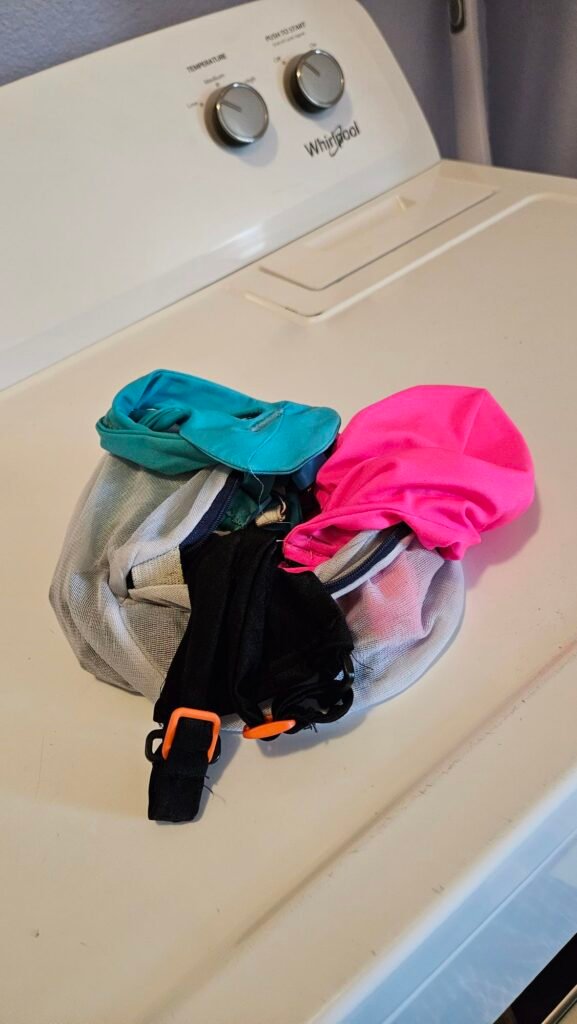
Avoid Fabric Softeners: Avoid using fabric softeners or dryer sheets when washing duck diapers, as these products can leave behind residues that may irritate your duck’s skin or reduce the absorbency of the diapers. Opt for a gentle, hypoallergenic detergent instead.
Air Dry or Tumble Dry Low: After washing, air dry the diapers by hanging them on a clothesline or drying rack in a well-ventilated area. Avoid exposing the diapers to direct sunlight for extended periods, as this can cause fading or damage to the fabric. Alternatively, you can tumble dry the diapers on a low heat setting, but be sure to remove them promptly to prevent overheating.
Inspect for Damage: After washing, carefully inspect the diapers for any signs of damage, such as loose stitching, frayed edges, or worn-out elastic. Repair or replace damaged diapers as needed to ensure they remain effective and comfortable for your duck.
Store Clean Diapers Properly: Once the diapers are clean and dry, store them in a clean, dry place until they are ready to be used again. Consider keeping a dedicated storage bin or container for clean diapers to prevent them from coming into contact with dirt or dust.
By following these cleaning tips and maintaining a regular washing routine, you can keep your duck diapers clean, fresh, and ready for use whenever your feathered friend needs them.
7. How often should I change the diaper?
Determining the frequency of diaper changes for your duck is crucial to maintaining cleanliness and ensuring your duck’s comfort. Here are some additional considerations to help you establish a suitable diaper-changing routine:
Monitor for Soiling: Keep a close eye on the diaper throughout the day to check for signs of soiling or wetness. Ducks can be messy eaters and drinkers, and their diapers may become soiled more frequently, especially after meals or drinking water.
Change at Least Every Two Hours: As a general guideline, aim to change your duck’s diaper at least every two hours, even if it doesn’t appear visibly soiled. Regular diaper changes help prevent discomfort, reduce the risk of skin irritation or infections, and maintain optimal hygiene for your duck.
Activity Levels: Pay attention to your duck’s activity levels and behavior throughout the day. Ducks that are more active or playful may require more frequent diaper changes, as they may produce more waste during periods of increased activity.
Check for Comfort: In addition to monitoring for soiling, regularly check the diaper to ensure it remains snug and comfortable for your duck. Avoid leaving a wet or soiled diaper on for an extended period, as it can lead to skin irritation or discomfort for your feathered friend.
Adapt to Individual Needs: Every duck is unique, so be sure to adapt your diaper-changing routine to suit your duck’s individual needs and preferences. Some ducks may require more frequent changes due to their size, breed, or habits, while others may be comfortable with less frequent changes.
By adhering to a regular diaper-changing schedule, prioritizing your duck’s comfort, and responding promptly to signs of soiling or discomfort, you can ensure a clean and hygienic living environment for your beloved feathered companion.
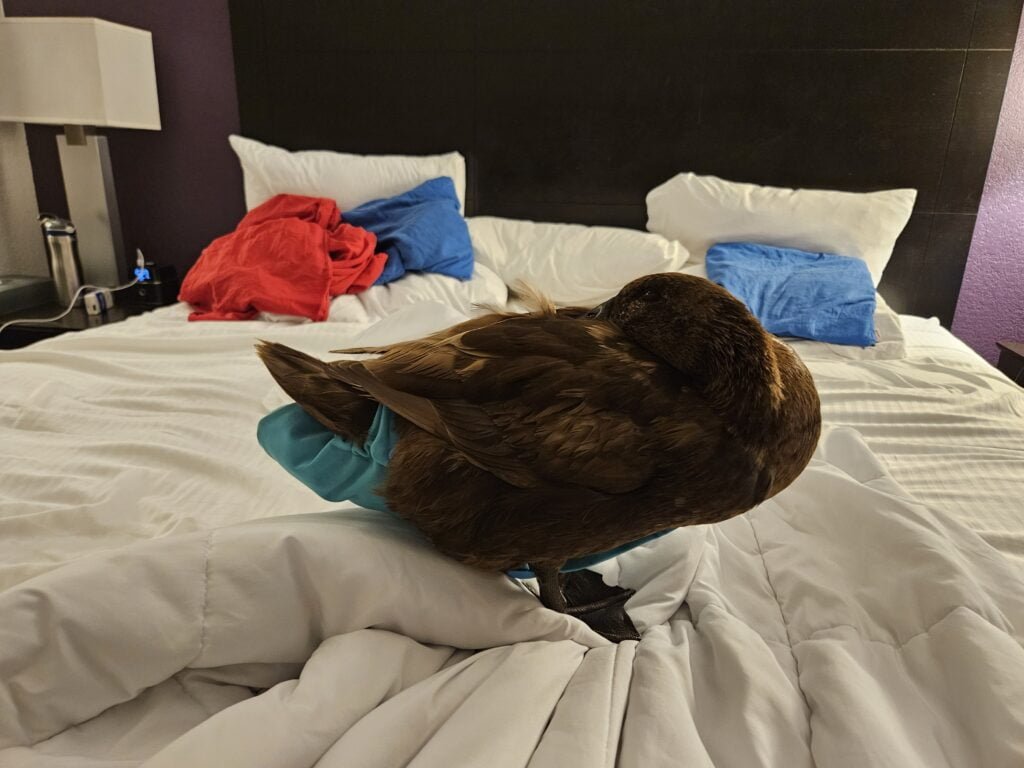
8. Can ducks swim with diapers on?
It’s generally not recommended for ducks to swim with diapers on, as the diapers may become waterlogged and uncomfortable. It’s best to allow your duck some diaper-free time for swimming and bathing.
9. Where can I buy duck diapers?
Duck diapers are available online through specialty retailers. You can also find handmade options on platforms like Etsy. Be sure to read reviews and choose a reputable seller for quality diapers.
You also have the option of crafting your own duck diapers. We began making our own some time back and have put together a do-it-yourself (DIY) guide to assist you in creating your own.
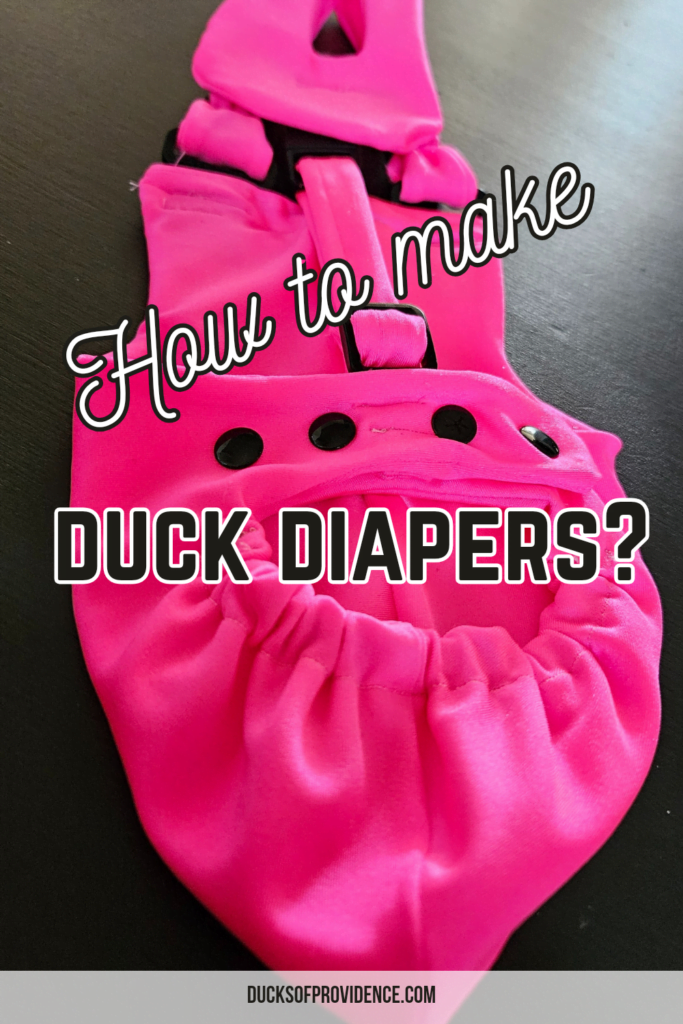
Conclusion
Duck diapers can be a practical and convenient option for duck owners who want to keep their ducks indoors or take them on outings. When used correctly and with proper care, duck diapers are safe and comfortable for ducks, allowing them to maintain their natural behaviors while keeping your living spaces clean.
Remember to choose the right size, monitor your duck’s behavior, and change the diapers regularly to ensure your duck’s well-being. If you have any concerns or questions, it is always best to consult with a veterinarian who specializes in avian care.

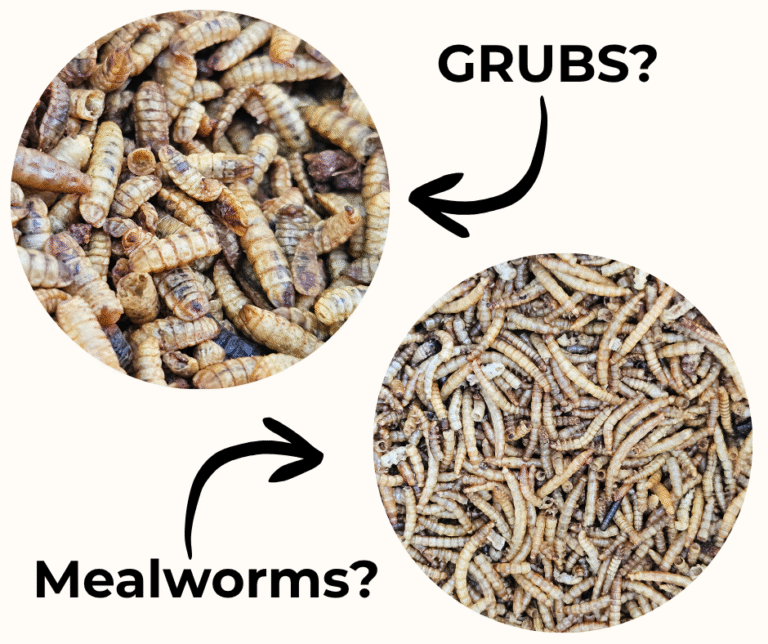
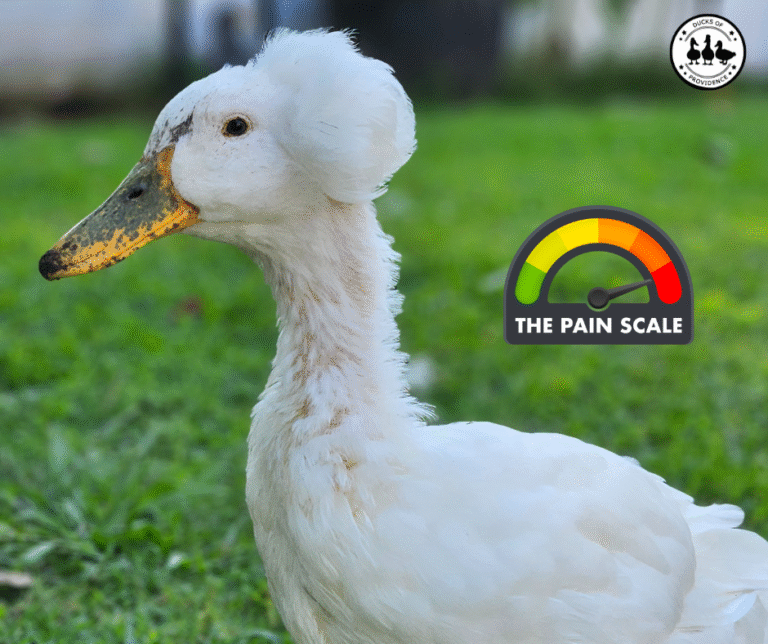

How much do you charge for the diapers for the ducks?? I have two Cayuga baby ducks and want to get diapers for them when they a fully grown
I do not sell any duck diapers myself, I only make them for my own ducks. If you are a bit crafty, you can follow our DIY guide and make them yourself. If not, there are some shops at Etsy that sell diapers for ducks.